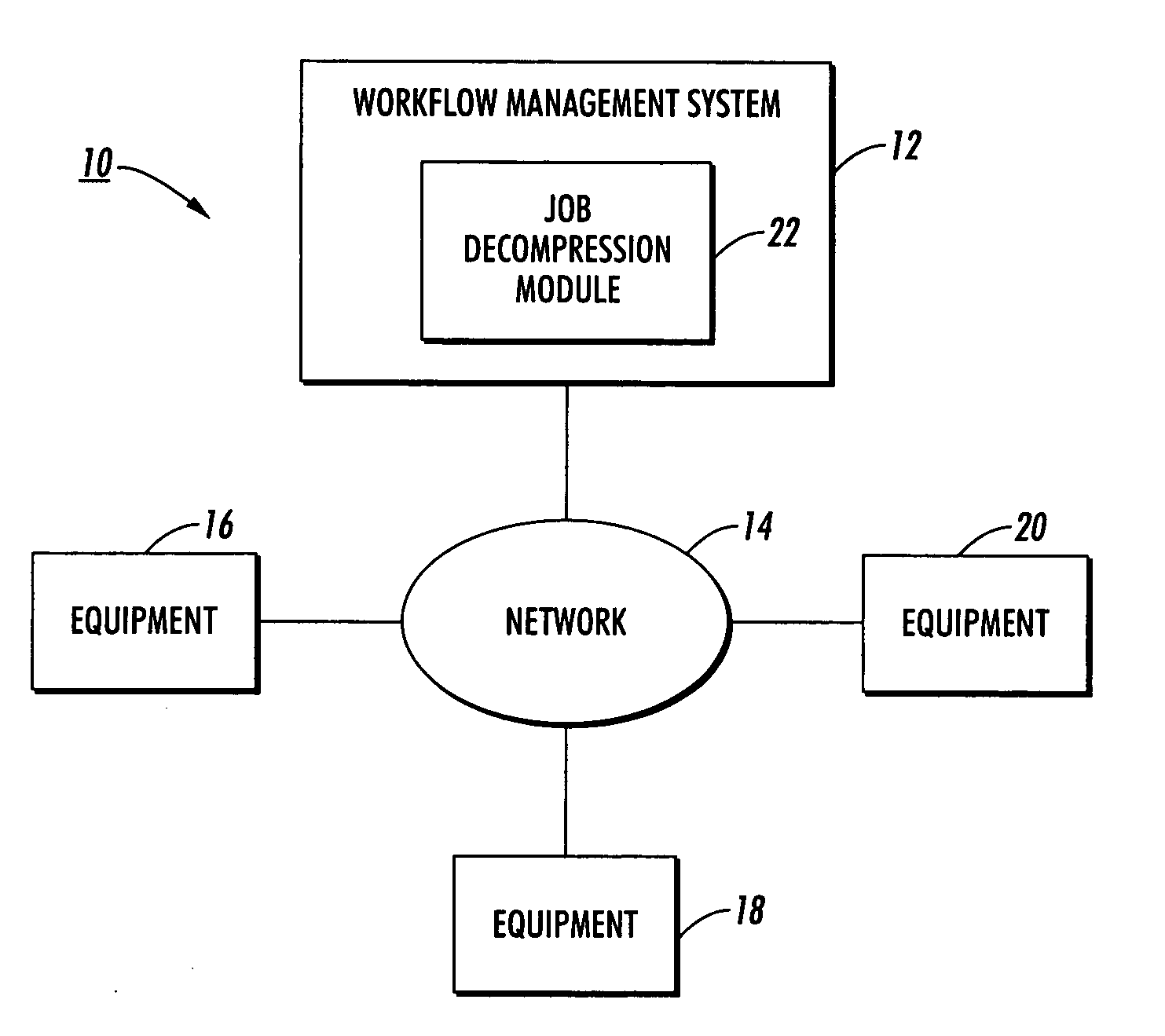Methods and systems for determining resource capabilities for a lean production environment
a production environment and resource capability technology, applied in image enhancement, digital output to print units, multi-programming arrangements, etc., can solve the problems of inadequate resources, significant overestimation of peak demand rates, and therefore of necessary capacities, and increase complexity
- Summary
- Abstract
- Description
- Claims
- Application Information
AI Technical Summary
Benefits of technology
Problems solved by technology
Method used
Image
Examples
Embodiment Construction
[0019] The particular values and configurations discussed in these non-limiting examples can be varied and are cited merely to illustrate embodiments of the present invention and are not intended to limit the scope of the invention. By the same token, the term “print shop environment” and associated terminology are utilized herein merely as examples. The concepts and algorithms discussed herein with respect to embodiments are equally applicable to other products and production environments.
[0020] For purposes of the discussion below, a “print shop” can refer to a grouping of printing resources. A print shop may be a freestanding entity such as a commercial printer or may be part of a corporation or other entity. A “print job” generally refers to a logical unit of work that is to be completed for a customer. For example, a request to make 100 copies of a document constitutes a print job. Similarly, a request, for example, to print 1,000 copies of a book can constitute a print job.
[...
PUM
 Login to View More
Login to View More Abstract
Description
Claims
Application Information
 Login to View More
Login to View More - R&D
- Intellectual Property
- Life Sciences
- Materials
- Tech Scout
- Unparalleled Data Quality
- Higher Quality Content
- 60% Fewer Hallucinations
Browse by: Latest US Patents, China's latest patents, Technical Efficacy Thesaurus, Application Domain, Technology Topic, Popular Technical Reports.
© 2025 PatSnap. All rights reserved.Legal|Privacy policy|Modern Slavery Act Transparency Statement|Sitemap|About US| Contact US: help@patsnap.com



